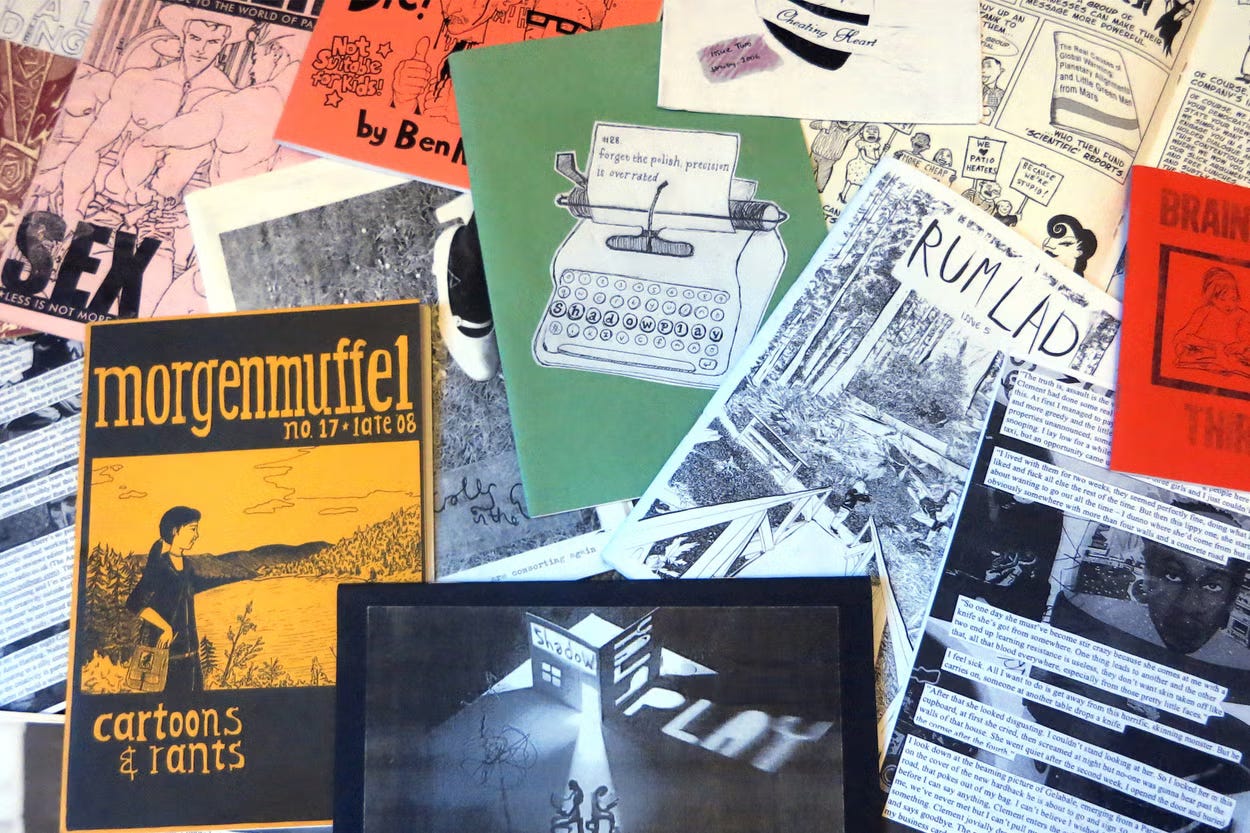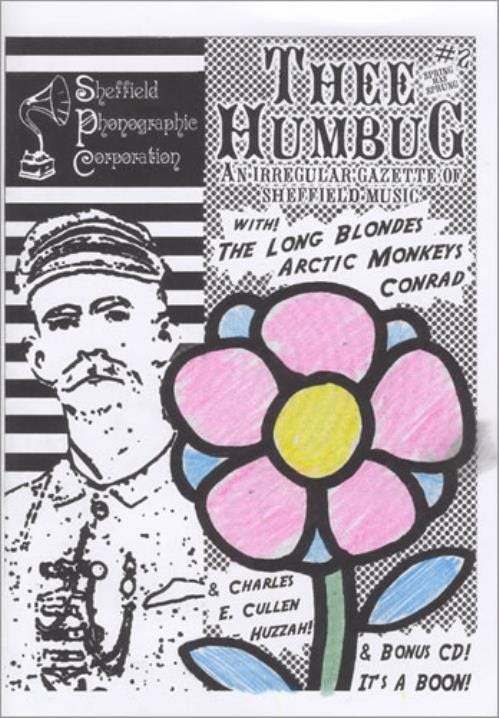Repurposing Edited Out Quotes
As part of 'The Big Edit', I had to leave out a plethora of quotes. Necessary, if painful. I envisage means of repurposing them yet need to work out the most appropriate method(s).
At one point during the editing process, I actually thought I could get away with keeping all my quotes. After all, these are the prized parts of my manuscript that I worked so hard to get. All those interviews and transcribing took up a lot of effort, I tried my best to keep them, but needs must and some of them had to go.
My system towards ‘The Big Edit’ was relatively straightforward. It was paramount that I lost nothing of the main story. If I needed to get rid of a quote, I had to ensure that the crucial detail was maintained. Once I realised that a lot of the quotes simply added more embellishment, it was easier to see some of them go.
Audio Files
The first idea of using the audio files came to me after I was asked to be involved in a listening party in Sheffield for the first Arctic Monkeys album, Whatever People Say I Am, That’s What I’m Not. One of the individuals I interviewed got in contact and, though I could not be there in person, I could certainly contribute.
It was simply logistics. Rather than printing off and posting a few sheets of paper with quotes on them to read out, I kept to the brief. A listening party requires audio, so I made a list of the most relevant anecdotes from the period around the album. The next part was a little tricky, finding individual quotes in a set of, potentially, two-hour-long conversations took some work. Thankfully, I’m somewhat familiar with each conversation and its corresponding transcript so I knew which ones to target. By this point, I know which quotes will remain in the manuscript but there’s still some gems from the ones I had to cut out.
Now comes the regrettable part. If I was serious about using audio files, I would have invested in some professional recording equipment. Then again, my brief flirtation with creating a podcast was curtailed by the COVID-19 pandemic. Turns out you really need to be in a room to record a podcast and social distancing rules said no. There may still be podcast plans yet some of the audio is, frankly, unusable.
That says a lot to how I orchestrated these ‘interviews’, they’re more like chats and presented a chance to reminisce. Some were recorded in nearby parks, one was recorded at a barbecue. Those were the ones I recorded in person via my smartphone so the audio should still comes across ok. Several were Zoom calls recorded on my smartphone as I lay it next to my laptop or were phone calls with the speakerphone on then recorded via my laptop.
Recording using speakers is far from ideal, yet a plan has formed. If the audio stood up, I could line up those cut quotes as audio files to listen to via an online link. Kinda like a bridge between a written oral history and a podcast. This would bring the manuscript closer to the format I envisaged after watching so many documentaries. Those documentaries where you have very limited narration, typically a few dates and crucial details, yet the story is carried by talking heads.
For instance, a lot of quotes were cut from the opening section where I highlight the club nights, local media, and record labels that originated in Sheffield and Leeds prior to the likes of Kaiser Chiefs, Arctic Monkeys, and The Cribs breaking through. The audio quotes added context, detail, and explanations that work when put together as subplots in a bigger narrative. They just don’t add that much to the overall story.

Fanzine
My second idea was even more ambitious. One of the oft-forgotten aspects of the early 2000s is physical media. We now live in a digital age which has altered how we consume culture, especially music. Without sounding like an old man, when I first began buying music, I would look out for recommendations in print. That was typically NME Magazine, which I trusted to find me new bands.
When I arrived in Sheffield, the focus was honed in on the city’s music scene. This is when I discovered Sandman Magazine, though if you went to gigs or record shops you simply could not fail to pick up a free copy. While Sandman Magazine was, occasionally, thought of a fanzine, it was far closer to a magazine. There was one fanzine that showcased Sheffield’s bands and the quirky nature of the record label it belonged to. As far as I’m aware, there’s only six copies of Thee Humbug in existence, yet they are now collectors items.

The interviews are entertaining, simply because they sound like unedited conversations. This gave me the idea, if someone is keen on buying a physical book, then why not an accompanying fanzine? Granted, music fanzines looked to have had their heydays in the 1980s, yet this would be a throwback that neatly ties in with the DIY ethos which is prevalent throughout the manuscript. Perhaps someone is intrigued by the concept of the oral history and want to try before they buy. What better taster than a ten-page fanzine full of exclusive quotes. Of course, I’d need to consider the printing costs and find an actual designer, but it’s a feasible, exciting, and ambitious concept.
After all, those edited quotes cannot go to waste.



